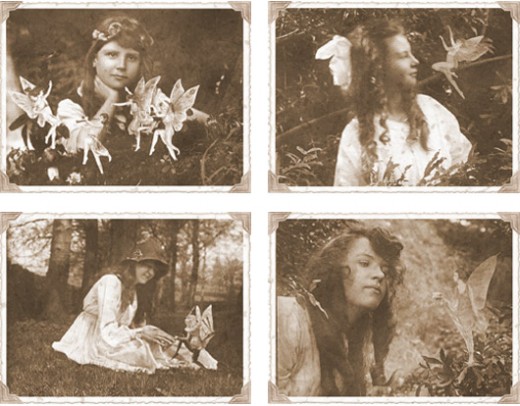The Whiter Lotus: Asian Religions and Reform Movements in America, 1836-1933, is the title of Edgar A. Weir Jr.’s PhD dissertation toward the completion of his degree, which was awarded in May 2011 by the University of Nevada. Though it breaks no new ground, it is a reminder of the influence of Asian religions and thought on various reform movements in America. Ralph Waldo Emerson, Henry David Thoreau, Percival Lowell, William Sturgis Bigelow, Paul Carus, and Dyer Daniel Lum are among some of the people that Weir looks at. Chapter 2, “Transcending The World: Transcendentalists And Theosophists,” has 14 pages on the activities of Olcott and Blavatsky, but little of the philosophy that motivated them. There is too great a reliance on second, and in this case third, hand sources when he says:
Another scandal was to occur while Blavatsky and Olcott were in India in 1883. Blavatsky claimed that she had received letters from the “spirit world” from two Tibetan Mahatmas. Yet it was soon discovered that the letters were taken verbatim from an American spiritualist. This scandal caused many to leave the Theosophical branch in London prompting Blavatsky and Olcott to set sail for England to attempt to mitigate the disaster. As soon as they left India, however, residents of the Theosophical society in India began to accuse Blavatsky of being a charlatan. The accusations were published in the Christian College Magazine in Madras, India, and Olcott and Blavatsky were forced to return quickly to India to attempt to douse another fire. Following close behind the two was an investigator from England, Richard Hodgson, who doggedly investigated the Society for three months and finally determined that the fraud accusations were indeed true. Blavatsky immediately quit her position as corresponding secretary and fled to Europe.
In spite of Weir’s assurances, Blavatsky never “
claimed that she had received letters from the ‘spirit world’ from two Tibetan Mahatmas.” The famous letters, now in the British Library in London, to A.P. Sinnett were not from “T
ibetan Mahatmas.” The writers were living self-described Indians. The letters were not discovered to have been “
taken verbatim from an American spiritualist” but the portion of
a letter reflects the ideas of a lecture given by an American Spiritualist. This “
scandal” did not cause “
many to leave the Theosophical branch in London”; in fact, membership grew at this time. Olcott had been deputed by the Buddhists of Ceylon to present their case at the Home Office in London and so was not prompted “
to set sail for England to attempt to mitigate the disaster.” “
As soon as they left India, however, residents of the Theosophical society in India began to accuse Blavatsky of being a charlatan.” The “residents” were
two employees who had been dismissed on charges of fraud. It is surprising, at this late date, to see Richard Hodgson’s report unquestionably accepted as the final world on the subject, as if nothing had been written about it over the past hundred years. Blavatsky did not flee to Europe; if anything, she was shipped off against her will, as her letters to Olcott show.
Considering that the main source of quotes about Blavatsky’s character in this dissertation comes from a 1929 Dictionary of Biography, this sort of slipshod writing comes as no surprise. It risks the disadvantage, however, of being compared to the already existing exemplary work of Carl T. Jackson, Thomas Tweed, Robert Ellwood and others on the East/West interchange in America.


















